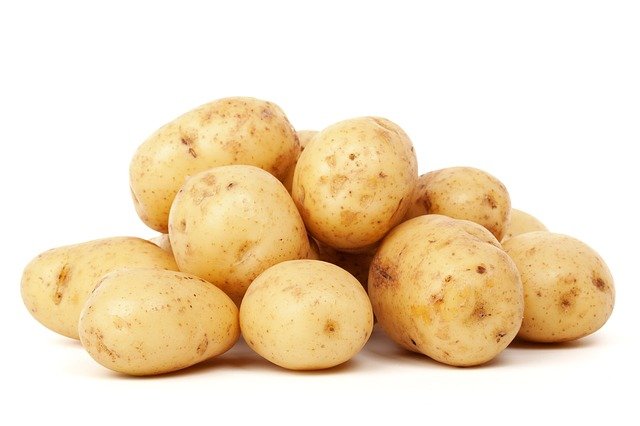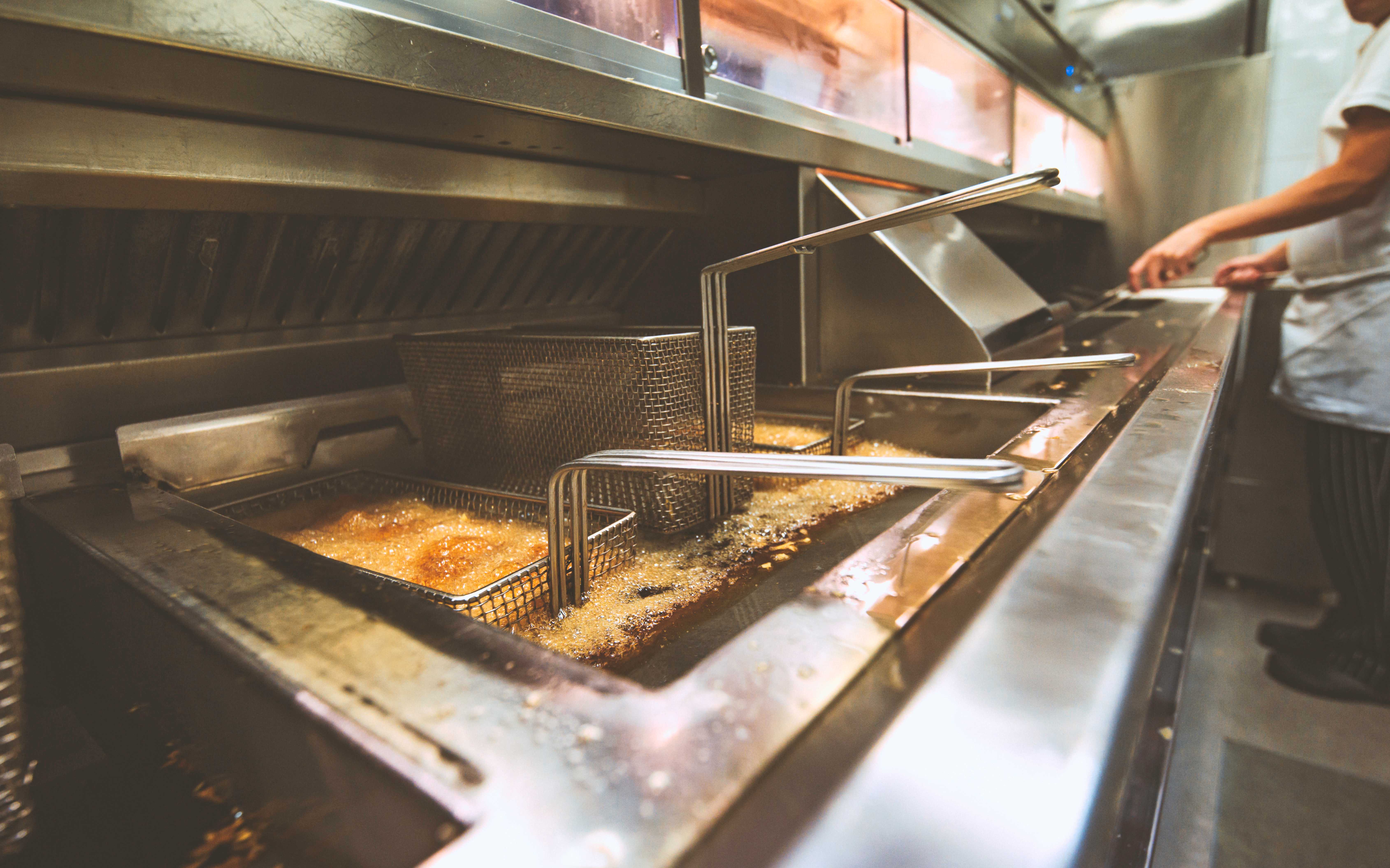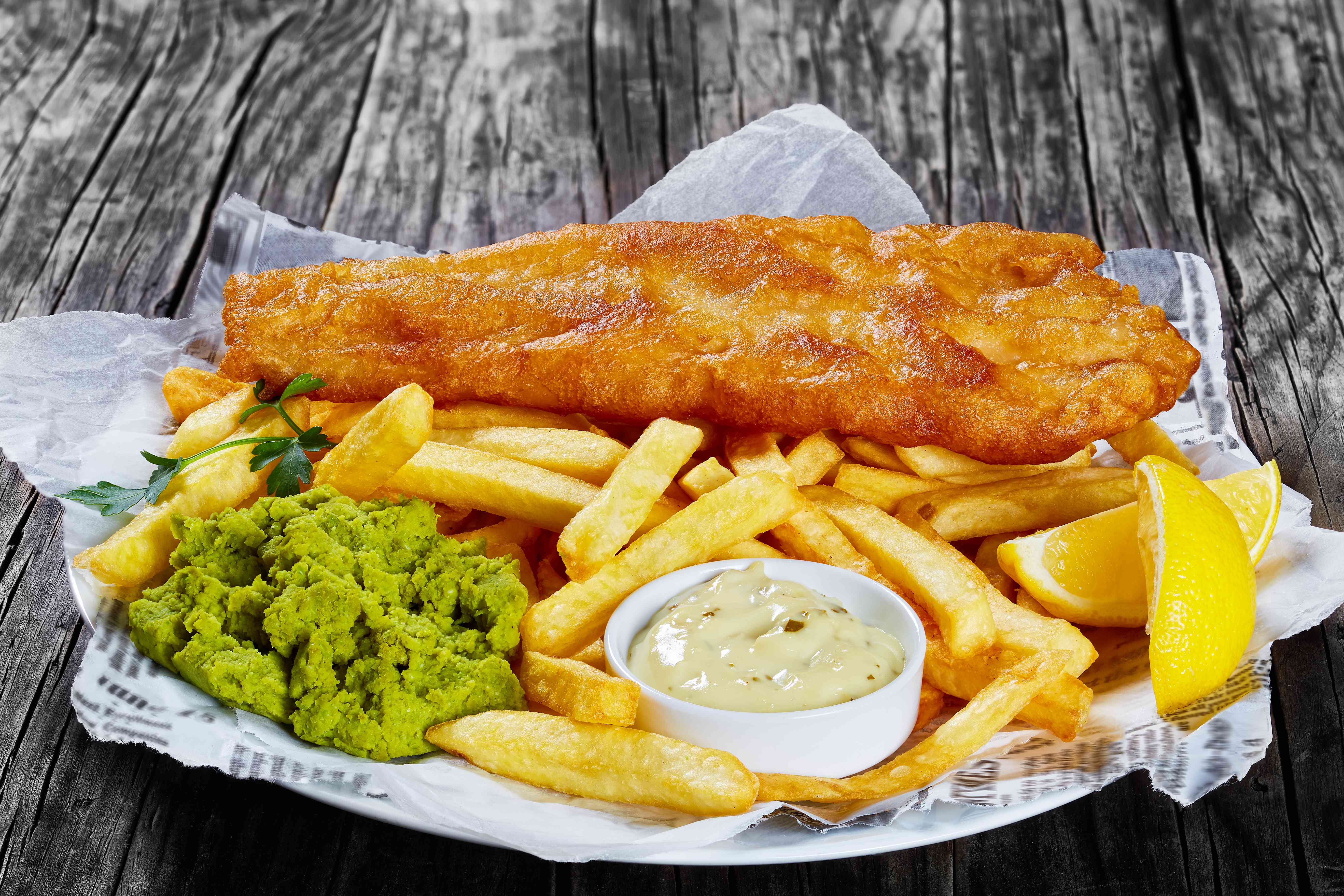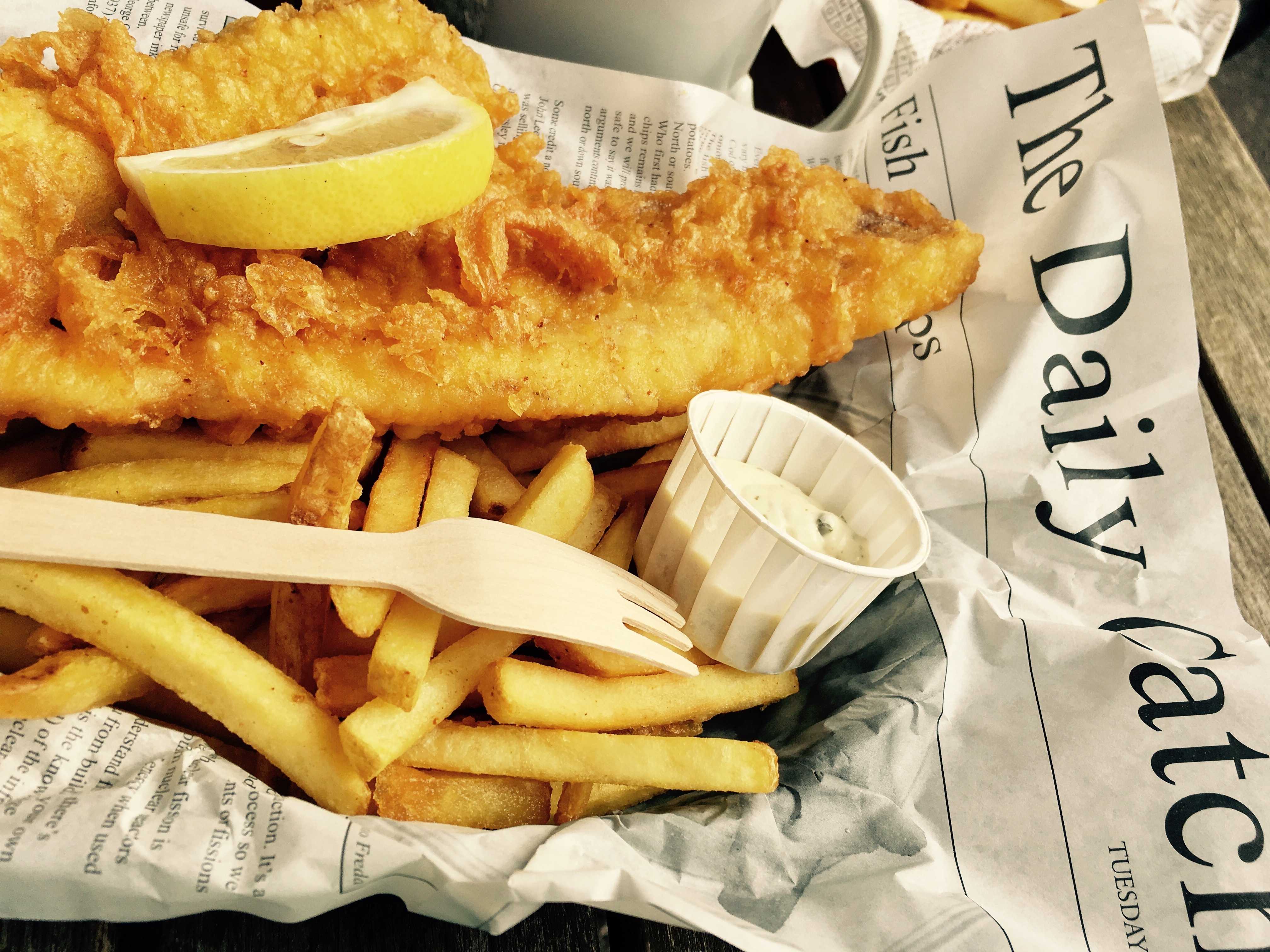Boiled, fried, roasted or mashed, there’s not a potato dish out there we don’t love! This versatile and delicious veggie is easy to grow in your home garden too, and there’s nothing better than cooking something you’ve grown yourself! Here’s some advice on growing potatoes, how to know when they are ready to harvest, and how to store them so they last.
How do you know when potatoes are ready to harvest?
Did you know that there are over 500 different types of potato in the UK alone, and over 4,000 varieties worldwide? Originating from the Andes, potatoes have made themselves at home across the UK, but they tend to have slightly different harvesting dates.
How to harvest potatoes
First earlies – First early seed potatoes are planted in mid-March to mid-April and can be harvested in 10-12 weeks. They tend to be small new potatoes and are ideal for salads and boiling. To see if your potatoes are ready to harvest, wait until the plant has stopped flowering and gently dig up a few to check the size. Only harvest what you need, as they’ll stay fresh and growing for the next 2 weeks.
Second earlies – To make your harvest season lasts longer, plant a second crop of earlies around late April so that they are ready for harvest in mid-July. Again, wait until your plants have finished flowering and gently unearth some potatoes to check that they’re the right size.
Maincrop – This is your full-size potato crop. They should be planted around mid-April and left for a longer growing period of about 15-20 weeks. Remember to water them well once or twice a week during the growing season to keep the tubers growing. They should be ready to harvest around mid-September. Leave the plant until the stems completely die off before you gently dig up your potatoes, and they should be a good size!
Maincrop potatoes will store for the longest because their skin is thoroughly developed from the longer growing season. Be careful to gently lift them out of the soil without damaging the skin, as this can let in bacteria that causes rot. Keep them in hessian or paper bags (it’s fine if they still have some soil on them, and store them in a cool, dry, frost-free space. Any damaged potatoes should be eaten quickly and not stored.
Common problems with growing potatoes at home
Not enough water – Water is essential to the growth of tasty potatoes, so make sure they are well-watered once or twice a week during the growing season.
Not enough nutrients – Use a 2:2:3 organic fertiliser to help the plants thrive and produce a good harvest. This should be applied every 2 weeks during the growing season, and the bed should be enriched with organic compost and manure before planting.
Potato blight – This disease commonly occurs when summers are too warm and too wet. You’ll see a brown, watery rot that affects the stems, leaves and eventually, the tubers. It’s difficult to stop blight once it starts, so it’s all about prevention. Make sure your beds are well-draining or plant your potatoes in a greenhouse or sheltered area where you can control the watering. Try to plant blight-resistant cultivars to lower your risk further.
Potato blackleg – This bacterial infection causes black rot at the stem base. It’s best to remove affected plants immediately and destroy them. To prevent this issue, try to rotate your crops, and buy resistant species like Pixie, Charlotte and Saxon.
Potato scab – This condition is usually only noticed when you start to harvest your potatoes and see these dark, raised lesions on the skin. Luckily, it’s not the end of the world! Simply peel your potatoes and they’ll be perfectly safe to eat. Watering thoroughly once or twice a week should help keep scabbing to a minimum.
- Potato rot – Soft, grey or blackened potatoes are generally the result of the skin becoming damaged, which lets bacteria into the tuber, and very wet conditions can make your potatoes more vulnerable. Try to harvest on a day when the soil is quite dry, and use your hands to lift them out of the soil rather than a fork.
If you’re looking for a stable frying oil that will cook your potato chips to perfection, choose Frymax. Our sustainable, premium-grade palm oil is relied on by chippies across the country to serve up high-quality fried foods. If you’d like to learn more, get in contact with Frymax.
Become a Frymax member today to gain access to exclusive content, expert frying advice and the chance to enter our fantastic competitions.






